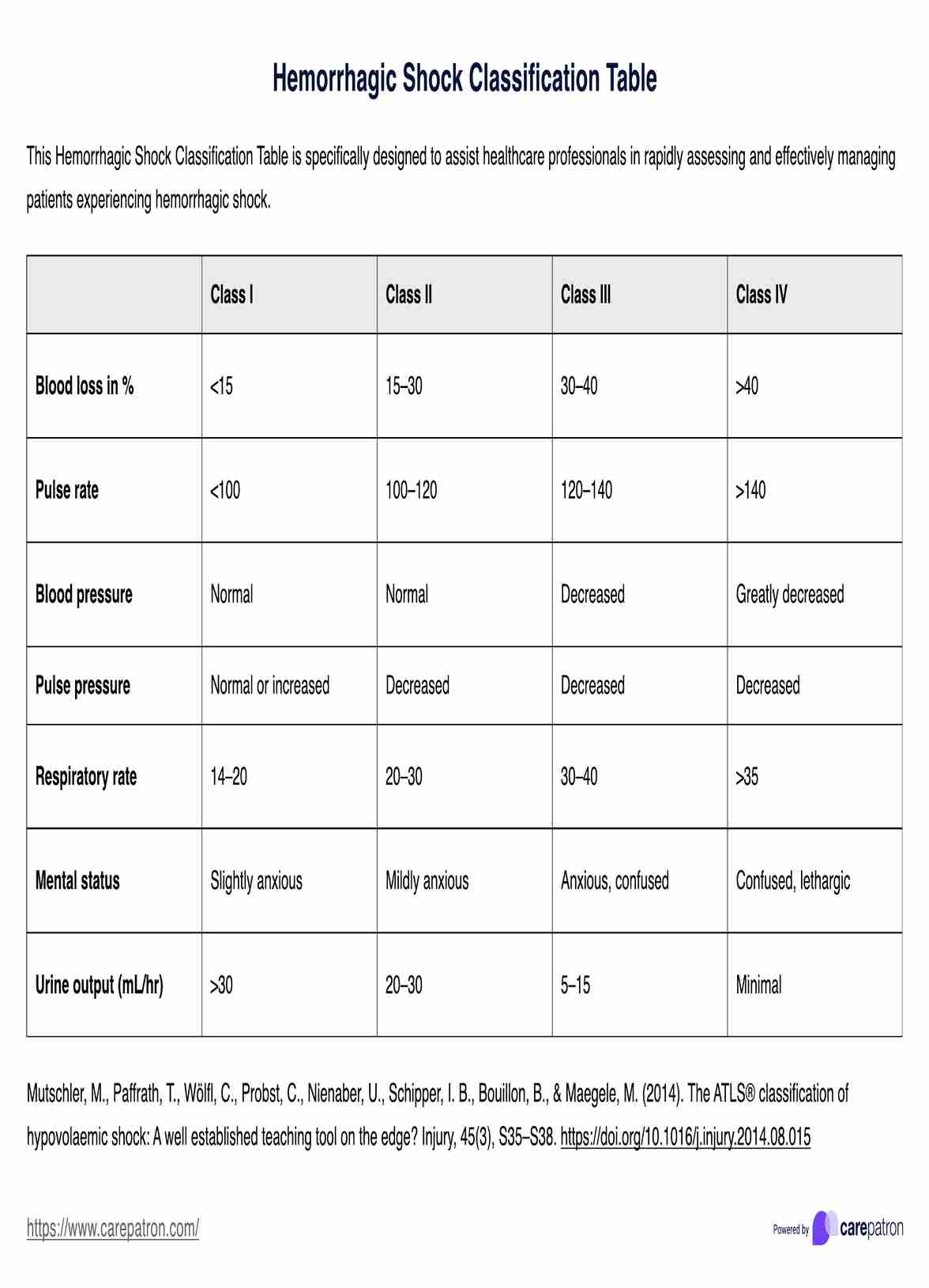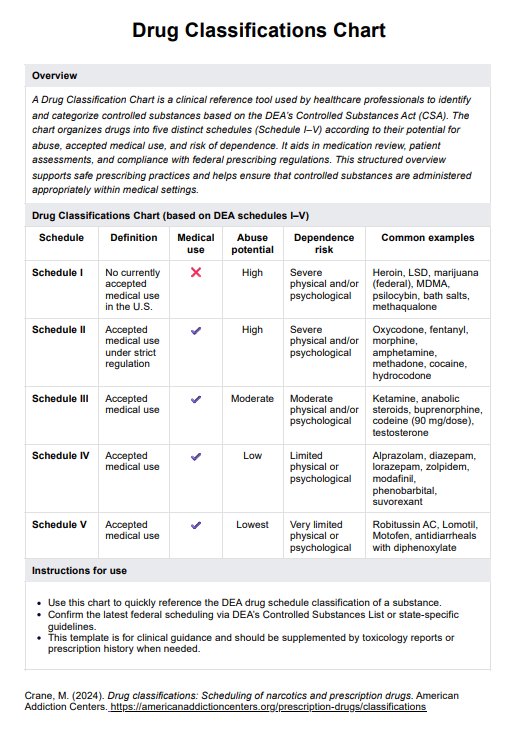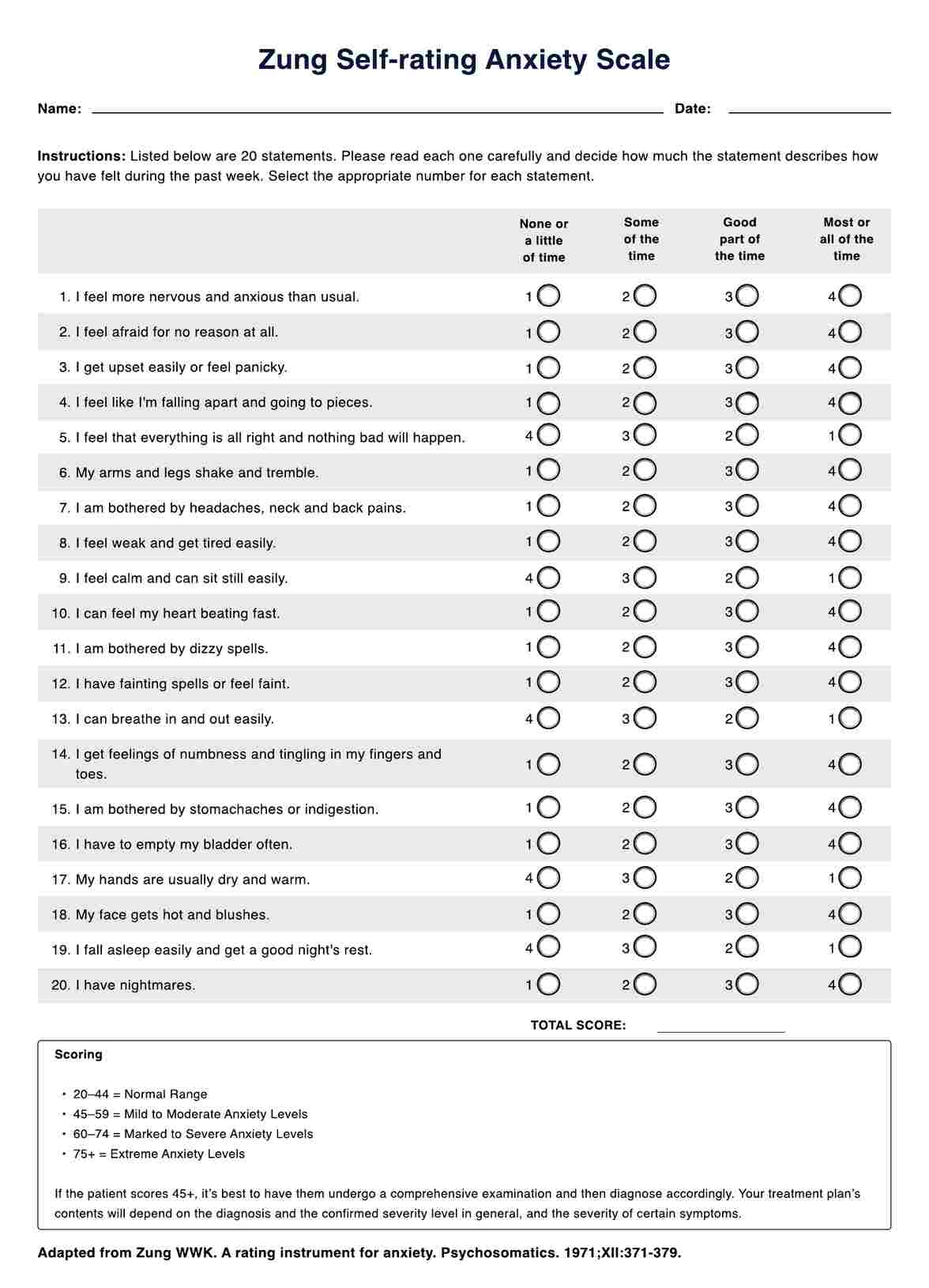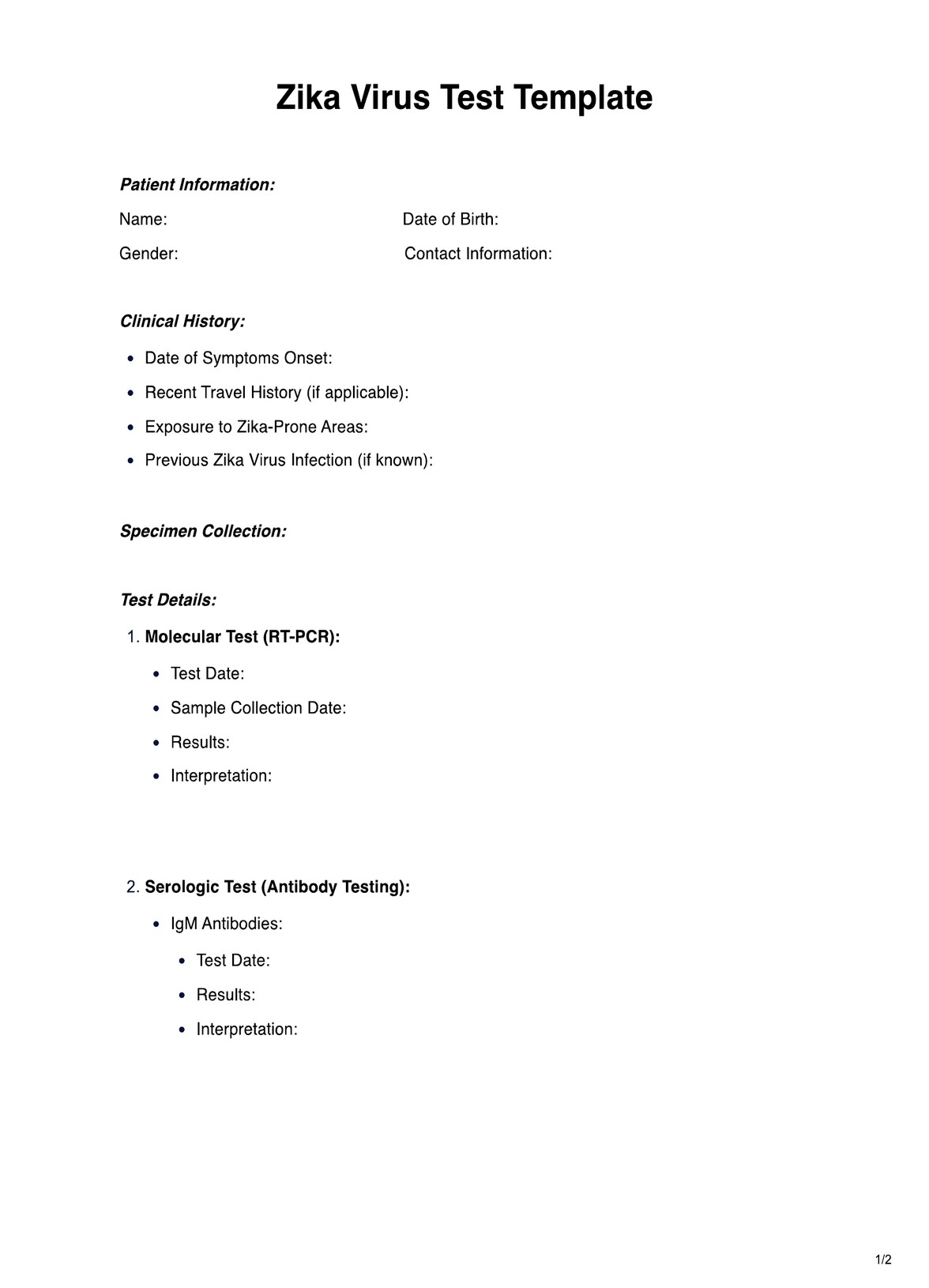Monitor blood pressure, heart rate, respiratory rate, and mental status closely.

Hemorrhagic Shock Classification Table
Discover our comprehensive guide and free template on Hemorrhagic Shock Classification. Learn about the signs, causes, and treatments of hemorrhagic shock.
Hemorrhagic Shock Classification Table Template
Commonly asked questions
Immediate treatment is crucial for hemorrhagic shock, especially after significant trauma. Rapid intervention is vital to stabilize blood pressure and control bleeding, following Advanced Trauma Life Support (ATLS) guidelines to prevent severe complications in critically ill patients.
While not all cases are preventable, rapid medical response and appropriate preventive measures in high-risk situations can reduce the incidence.
EHR and practice management software
Get started for free
*No credit card required
Free
$0/usd
Unlimited clients
Telehealth
1GB of storage
Client portal text
Automated billing and online payments











